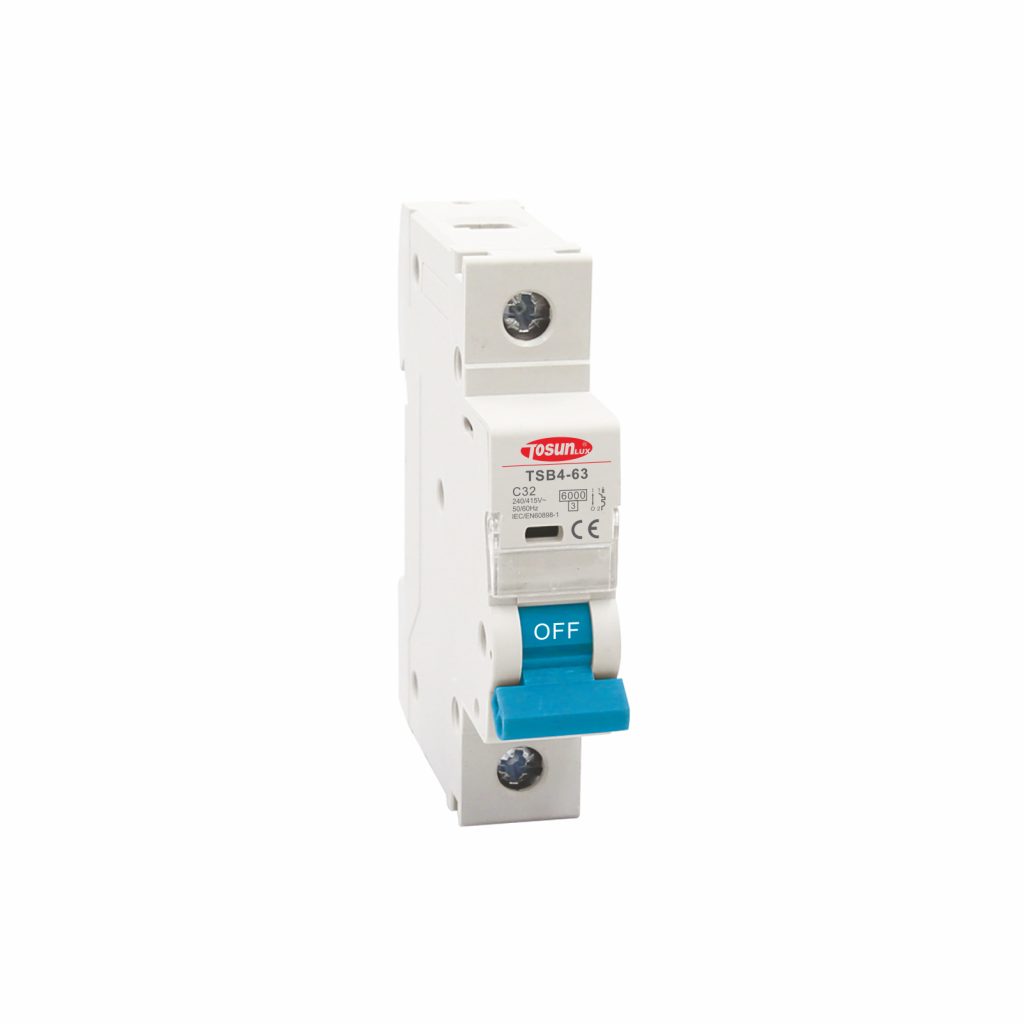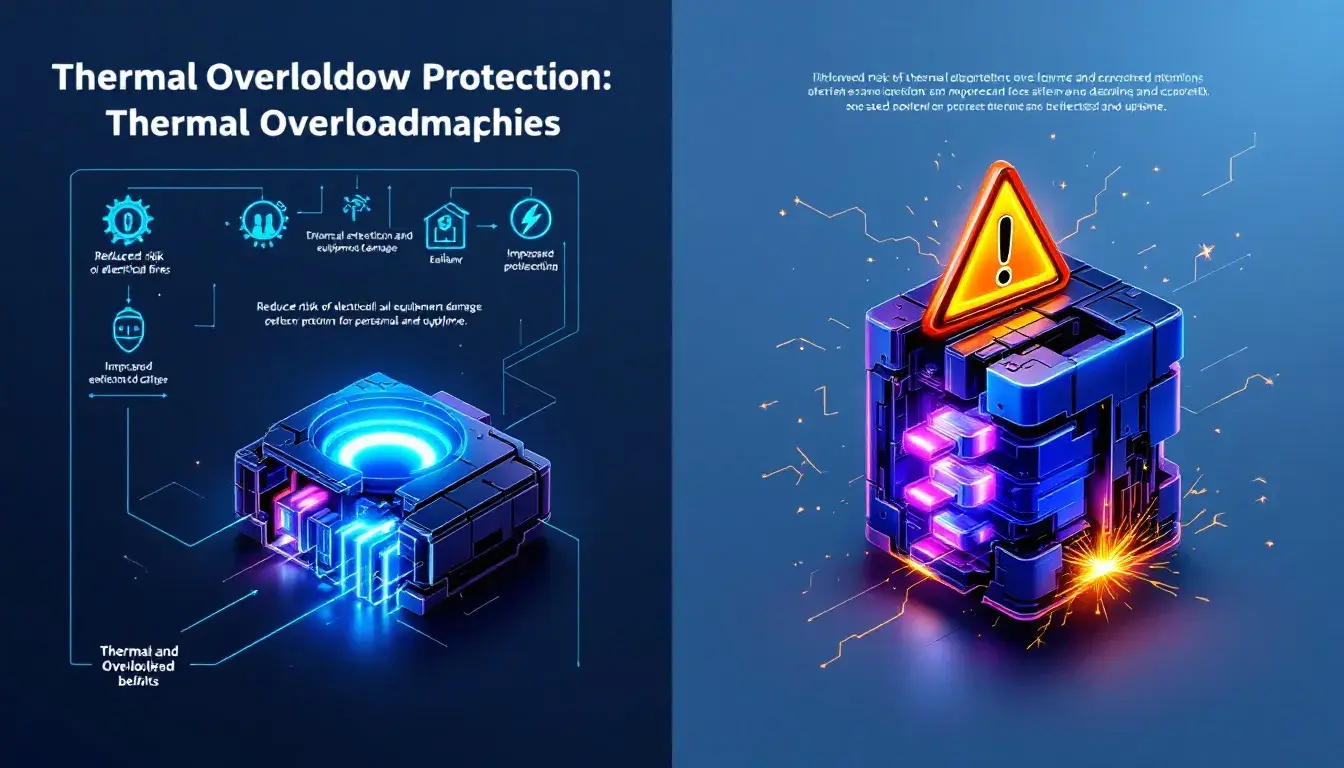What Are The Advantages Of Using Low Voltage Circuit Breakers?
Table of Contents
ToggleDid you know that low voltage circuit breakers can handle up to 1000 volts and currents ranging from 630 to 6300 amps, making them indispensable in both residential and commercial settings?
In today’s world, where electrical safety is paramount, understanding the role of low voltage circuit breakers is crucial. This article delves into the advantages of using these circuit breakers, exploring their ability to prevent electrical faults, protect against electric shocks, and ensure the safety of electrical systems.
We’ll also compare them with high voltage circuit breakers, highlight their versatile applications, and discuss their maintenance and installation benefits. Join us as we uncover the essential elements of low voltage circuit breakers and their impact on modern electrical systems.
What is a Low Voltage Circuit Breaker?

A low voltage circuit breaker is an electrical protection device designed to manage and interrupt electrical currents up to 1000 volts. It is commonly used in residential and commercial applications to prevent electrical faults, overloads, and short circuits.
These breakers ensure safety by automatically disconnecting the electrical circuit when abnormal conditions are detected, such as excessive current flow or ground faults. Low voltage circuit breakers, including miniature circuit breakers (MCBs) and residual current circuit breakers (RCCBs), are essential for maintaining the integrity and safety of electrical systems.
High Voltage Circuit Breaker Vs Low Voltage Circuit Breaker
| Feature | High Voltage Circuit Breaker | Low Voltage Circuit Breaker |
|---|---|---|
| Voltage Range | Above 1000 volts | Up to 1000 volts |
| Application | Primarily used in industrial and utility sectors | Commonly used in residential and commercial areas |
| Current Tolerance | Higher current tolerance for large-scale systems | Typically tolerates 630 to 6300 Amps |
| Temperature Tolerance | Engineered to handle extreme temperatures | Can tolerate both low and high temperatures |
| Technology | Advanced technology for high voltage management | Incorporates modern technology for safety |
| Air Circuit Breakers | Not applicable | Essential for managing high current loads in industrial settings |
| Lifespan | Built to withstand high voltage and frequent use | Designed for durability with moderate use |
| Protection Features | Includes advanced protection mechanisms | Features thermomagnetic and electronic trips |
| Molded Case Circuit Breakers | Not applicable | Includes dual-tripping mechanism for enhanced protection |
| Maintenance | Requires regular maintenance and inspection | Low maintenance and easy to repair |
| Installation | Requires professional installation | Easy to install with basic wiring knowledge |
| Sensitivity to Short Circuits | Highly sensitive with advanced fault detection | Sensitive to short circuits with quick response |
The basic difference between high voltage and low voltage circuit breakers in the range of the voltage. When the voltage limit is fixed up to 1000 volt, then it’s a low voltage circuit breaker. When the voltage ratio can be extended more than 1000 volt, then it’s a high voltage circuit breaker. Because of several great benefits, it is being highly used in residential areas. Let’s see what are the beneficial reasons.
What Are The Advantages of Using Low Voltage Circuit Breakers?
Low voltage circuit breakers are essential for keeping homes and businesses safe. They manage electrical currents up to 1000 volts and handle between 630 to 6300 amps. Here’s a breakdown of their benefits:
- Voltage and Current Capacity: Suitable for systems up to 1000 volts and 630-6300 amps.
- Protection: They cut off power during problems, preventing damage.
- Shock Prevention: They detect and stop ground faults to avoid electric shocks.
- Thermal Magnetic Trips: Use sensors to protect against overloads.
- Ground Fault Detection: Prevents overloads and shocks by identifying faults.
- Miniature Circuit Breakers (MCBs): Guard against short circuits and overloads.
- Residual Current Circuit Breakers (RCCBs): Key for detecting and stopping shocks.
- Installation: Easy to install with basic wiring knowledge.
- Maintenance: Requires little upkeep, ensuring long-term use.
These breakers are a smart choice for anyone looking to ensure electrical safety. They offer robust protection and are easy to maintain, making them a reliable choice for any electrical system.
Conclusion
Low voltage circuit breakers are vital for protecting electrical systems in homes and industries, preventing damage and electric shocks by detecting and responding to ground faults. Moulded case circuit breakers (MCCBs) handle larger loads with adjustable trip settings, unlike plug-in circuit breakers.
Residential circuit breakers, featuring Arc Fault Circuit Interrupters (AFCI), ensure home safety and easy installation. Regular maintenance keeps these breakers effective, while high voltage circuit breakers are recommended for managing higher voltage scenarios.
Tel: +86-577-88671000
E-mail: ceo@tosun.com
Skype: tosunelectric
Wechat: +86-139 6881 9286
WhatsApp: +86-139 0587 7291
Address: Room No.1001 Wenzhou Fortune Center,Station Road, Wenzhou, China
REQUEST A QUOTE
WhatsApp us
 : +86-139 0587 7291
: +86-139 0587 7291 English
English Español
Español Русский
Русский Français
Français العربية
العربية Português do Brasil
Português do Brasil Українська
Українська Türkçe
Türkçe Polski
Polski Nederlands
Nederlands Italiano
Italiano Bahasa Indonesia
Bahasa Indonesia हिन्दी
हिन्दी اردو
اردو አማርኛ
አማርኛ Հայերեն
Հայերեն ไทย
ไทย Монгол
Монгол فارسی
فارسی Shqip
Shqip Ελληνικά
Ελληνικά


